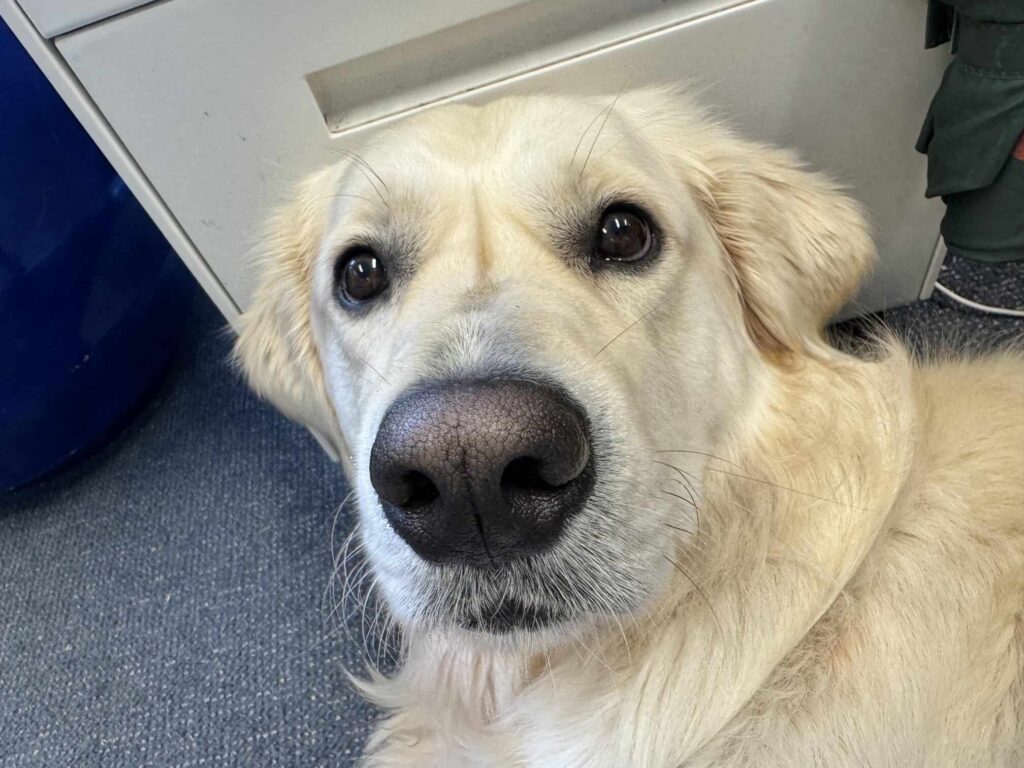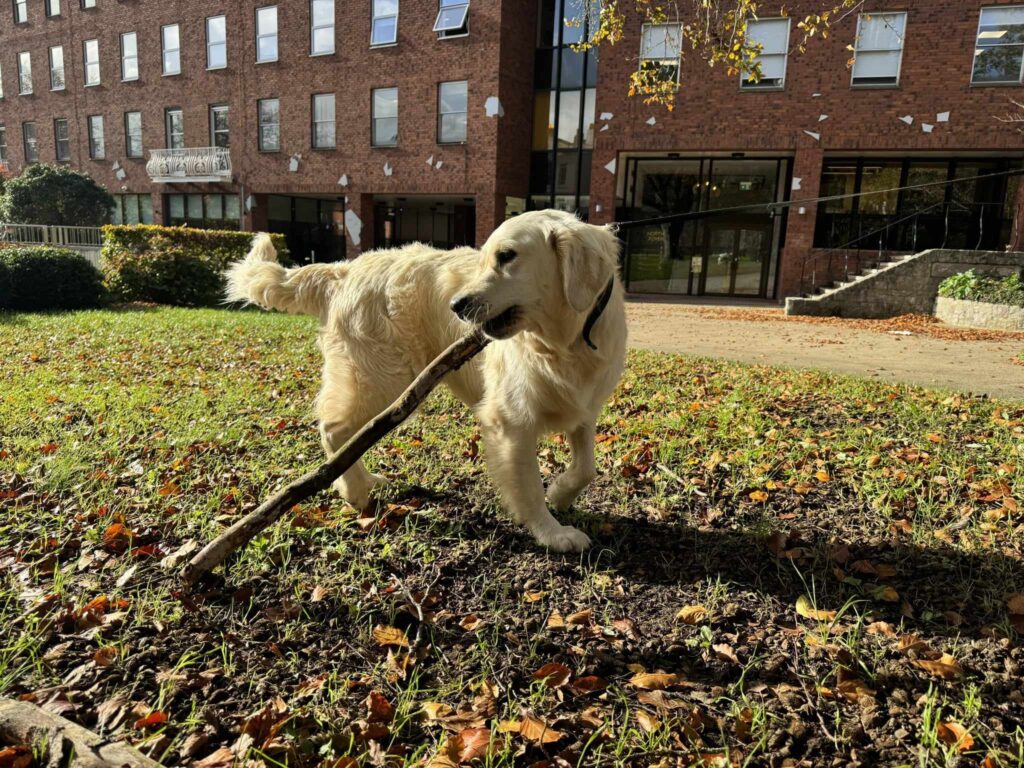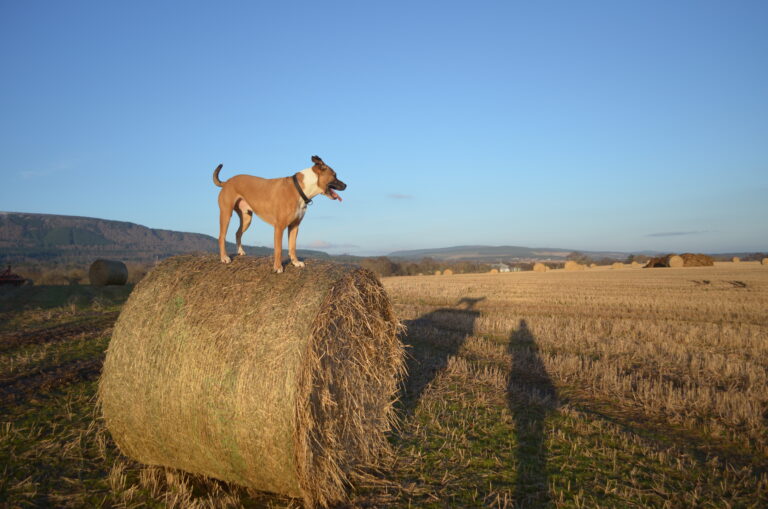Guide Dogs – Everything You Need to Know
Introduction
“A guide dog can turn a daunting experience into one of confidence and independence”
These amazing service dogs do more than just mobility, they do companionship and freedom. In this post we’ll look at the history, training, breeds and the impact guide dogs have on their owners.

History of Guide Dogs
The idea of guide dogs goes back to ancient times but the modern movement started after World War I. Many soldiers came home blind and there was a need for help in their new lives.
Dorothy Harrison Eustis an American dog trainer living in Switzerland was instrumental in this. She was inspired by German shepherds being used as guide dogs for veterans and founded “The Seeing Eye” in 1929 the first guide dog school in the US.
From here guide dog training programs spread around the world. In the UK Guide Dogs for the Blind Association was established in 1931 and is one of the most well known organisations in the field.
Today guide dog schools can be found in many countries each training dogs to help visually impaired people live more independently.
The Training
Training a guide dog is a long and detailed process that takes over two years. It starts with selecting the right breeds. German shepherds, Labrador retrievers and golden retrievers are the most used as they are intelligent, friendly and trainable.
Puppy Raising
It starts with volunteers who raise the puppies for the first year of their lives. These volunteers are called puppy raisers and provide basic training, socialisation and exposure to different environments.
This is the foundation of a confident and well behaved guide dog. During this time the puppies learn basic commands like “sit”, “stay” and “come” as well as house manners and early social skills .
A typical day for a puppy raiser involves routine activities to help the puppy get used to different environments. This includes walks in different places, visits to busy areas like shopping centres and exposure to different types of people and other animals.
Puppy raisers also introduce the puppies to basic commands and house manners, laying the groundwork for their future training .
Formal Training
After their first year the puppies return to guide dog schools for formal training. Here they go through rigorous training to prepare them for their future role. This training takes around 4-6 months and includes:
Basic commands like sit, stay, come and heel are reinforced.
This is a critical skill that allows guide dogs to disobey a command if it puts their handler in danger. For example if a blind person tells the dog to move forward but there’s an obstacle the dog will not move.
Dogs are trained to avoid obstacles, stop at curbs and navigate around potential hazards. They learn to guide their handler safely through busy areas, across roads and in public places like restaurants and shops.
Guide dogs learn to assess and respond to a wide range of environments and situations. They must be able to handle distractions and stay focused on the job .
Matching and Training with Handlers
Once the dogs are trained they are matched with a visually impaired person. This matching process takes into account the lifestyle, pace and personality of both the dog and the handler.
After the match they undergo joint training to ensure they work well together. This can include residential training where the new guide dog owners learn to work with their dogs in real life situations.
The matching and training process is bespoke. It starts with an assessment of the potential guide dog user’s lifestyle, including their daily routes, walking speed and specific needs.
The goal is to match each dog with a handler whose personality and lifestyle fits with the dog’s abilities and temperament. This bespoke approach means a harmonious and effective partnership.

Breeds Used in Guide Dog Programs
German shepherds were the original guide dogs but today’s programs mainly use Labrador retrievers, golden retrievers and Labrador-golden retriever crosses. These breeds are used because:
Intelligence: They need to be able to learn and perform complex tasks.
Temperament: Calm and friendly nature makes them great companions.
Size: Large enough to provide physical guidance but not so large as to be unmanageable.
Health: Generally good health profile means a longer working life .
Guide Dog Cost
Guide Dog Cost
The cost of breeding, raising, training and placing of guid assistance dogs is significant. It’s estimated to be between $40,000 to $60,000 for well trained dogs.
This includes veterinary care, food, training and support services. But guide dog organisations generally provide these dogs at no cost to the recipient. They rely heavily on donations, sponsorships and volunteers to support their programs.
The Effects of Guide Dogs on Owners
The effects of having a guide dog go far beyond mobility for blind people. For many it changes their whole life and family. Here are a few of the benefits:
Independence: Guide dogs are a working dog, providing a level of independence that’s hard to get with a white cane alone specially trained to allow their leaders to move around safely and confidently.
Navigating: the world with a guide dog gives confidence. Knowing they have a reliable partner to help them reduces the stress and anxiety of being blind.
Companionship: Beyond their working role guide dogs give unconditional love and companionship. This emotional support is priceless and helps to combat feelings of loneliness and isolation.
Social Interaction: Guide dogs often act as social lubricant, making it easier to interact with others. They can start conversations and connections that wouldn’t happen otherwise .
Challenges and Considerations
While the benefits are many, having a guide dog comes with challenges and responsibilities.
Care and Maintenance: Like any pet guide dogs need regular care including feeding, grooming and veterinary visits.
Ongoing Training: Maintaining the dog’s training is key. Owners must consistently reinforce commands and behaviors.
Public Access: Despite laws like the Disabilities Act which allows guide dogs into public places, owners can still face challenges. Some businesses and individuals may not be aware of these rights and can cause conflicts.
Retirement: Guide dogs work for 8-10 years. After that they retire and the owner must transition to a new guide dog. This can be an emotional process .
Guide Dog Schools and Organisations
Several well known organisations breed, train and place guide dogs. Here are a few of them:
Guiding Eyes for the Blind: Known for their comprehensive training programs and great support services for guide users.
The Seeing Eye dog: The oldest in the US, with a long history of producing well trained guide dogs.
Guide Dogs for the Blind: A UK based organisation with a great reputation for training and placing guide dogs .
These organisations not only train dogs but also provide lifelong support to the handlers so both dog and person have a successful partnership.
Costs and Funding
The cost of a guide dog program is substantial, often tens of thousands of pounds per dog. These costs cover breeding, veterinary care, training, food and ongoing support for the dog and its handler.
Most guide dog organisations rely on donations, grants and sponsorships to cover these costs and provide the trained dogs at little to no cost to the recipient.
Future of Guide Dogs
The future of guide dogs looks good, with advances in breeding, training and technology making these dogs more supportive. Researchers and trainers are looking into new training methods and tools to improve the capabilities of guide dogs.
There is also a growing focus on genetic research to improve the health and working life of guide dogs.
Global Perspective
Guide dog programs exist globally, each one adapting to the local culture and logistics. In lots of countries guide dogs are becoming more recognised and valued but challenges remain around accessibility and public awareness. Work is ongoing to educate the public and improve infrastructure for guide users.
Community Involvement
Community support is key to the success of guide dog programs. Volunteers are needed to raise puppies, provide training support and advocate for guide dog users.
Many organisations offer opportunities to get involved whether through fundraising, volunteering or just spreading the word about guide dogs.

Conclusion
Guide dogs are more than just service animals; they are life changing companions. From their training to their loyalty, these trained dogs enable visually impaired people to live independently and happily. The journey of a guide dog, from pup to trained guide is a testament to the human dog bond .
If you’re considering a guide dog, the benefits far outweigh the drawbacks. The independence and companionship they bring are unbeatable. As we continue to support guide dog programs and spread the word about them we can ensure more visually impaired people have access to these dogs.
If you or someone you know could use a guide dog, contact Seeing Dogs for the Blind or The Seeing Eye. They have great resources and support to help you through the process.








